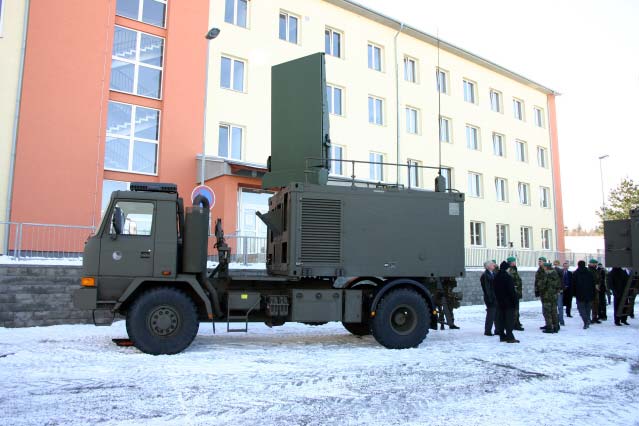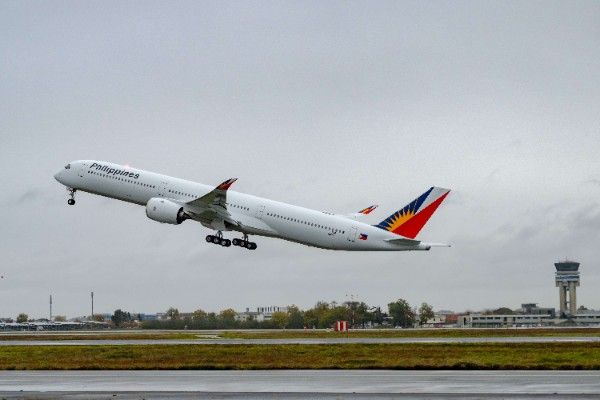On February 24, 2022, when Russia launched multi-front invasion on Ukraine with the hope of achieving quick and decisive victory by occupying Eastern Ukraine and overthrowing current regime in Kyiv. Considering the force disparity between Russian and Ukrainian armed forces, no one was anticipating that war will continue for more than 1000 days. Stiff resistance by Ukraine, continuous foreign military support, operational deficiencies of Russian armed forces, have played important role in avoiding quick termination of conflict as perceived by Moscow’s ambitions. The conflict is likely to reach its culmination point in near future as Donald Trump, the newly elected president of United States, has announced to put an end to this war. Whatever the end result may be, this conflict has not only significantly altered the geopolitical landscape in Europe but has also transformed the dynamics of modern warfare and military strategies.
Russian Invasion and Miscalculations
The war erupted with an intensity that caught many by surprise, as Russian forces executed rapid advances into Ukrainian territory, deploying a strategy believed to involve rapid strikes and psychological warfare. The initial phases of the conflict saw Russian troops quickly approaching major urban centers like Kyiv, Kharkive, and Mariupol. Ukrainian defenses were poorly coordinated and caught off-guard, leading to high-stakes chaos as the Russian military sought to capitalize on its momentum. However, this expectation was significantly flawed. By March 2022, Ukraine’s military, which had been underestimated, began to adapt and reorganize, significantly rallying in the face of adversity.
Western allies, who were initially reluctant to openly provide military assistance to Ukraine, gradually began to change their stance by providing intelligence, equipment, and logistical resources. Key military assistance included anti-tank weapons like the Javelin ATGM and NLAW, shoulder launched surface-to-air missiles, combat drones, and anti-ship missiles, which bolstered Ukraine’s defensive capabilities significantly. The mounting losses of Russian armor, artillery, logistical vehicles, fighter aircrafts, and helicopters undermined the momentum of Russian offensive forces which at several places got stuck due to loss of logistical support. In Black Sea, the sinking of Russian Black Sea Fleet flagship Moskva missile cruiser, significantly degraded Russia’s ability to assert sea-control in Black Sea. The early resistance marked a turning point, demonstrating that Ukraine was determined to fight for its sovereignty.
From Defense to Counteroffensive
Following the initial setbacks, the Ukrainian military began to regroup and strategize effectively. By late May 2022, they had mobilized an impressive force numbering upwards of 700,000 troops. This surge, coupled with considerable Western assistance, ultimately allowed Ukraine to reclaim substantial territory previously lost to Russian advances.
The intensity of Ukrainian counteroffensives in the summer of 2022, especially around Kharkive and the Donbas region, showcased their military flexibility and resilience. Ukrainian forces employed combined arms tactics, integrating infantry, armor, artillery, and drones to launch successful operations. The liberation of key towns and cities not only bolstered morale on the home front but also drew international attention and support. By the fall of 2022, the Ukrainian offensive had achieved significant breakthroughs. Particularly notable was the successful counteroffensive in Kharkive, which resulted in the rapid collapse of Russian frontline positions, leading to the reclamation of vast territories.
The Winter Stalemate
However, as winter approached, the situation of the conflict took a stark turn. Instead of sustaining offensive operations, both sides entrenched around fortified positions, leading to a period of attrition characterized by heavy artillery exchanges rather than territorial gains. Russia began significant mobilization efforts, drawing on military reserves and modernizing its vast deposit of Soviet-era equipment to reinforce its military. During this time, Ukraine faced logistical challenges, struggling with ammunition shortages and a need for newer, more effective weaponry. The introduction of advanced systems from Western allies, including HIMARS rocket artillery, proved pivotal, allowing Ukraine to strike deeper into Russian supply lines and command posts.
Despite these advantages, the Ukrainian military’s progress slowed, and morale began to wane. The human cost of the war became apparent as casualties mounted on both sides. Ukrainian officials estimated significant losses, and while exact Russian casualty figures were less transparent, they too suffered heavy losses, leading to increasing unrest within Russia over the war’s toll.
Political Implications and Changing International Dynamics
As the year 2023 unfolded, political dynamics surrounding the war also began to change. Domestically, Ukraine was faced with increased pressures to mobilize further forces and maintain public support amid the prolonged conflict. The government’s ability to effectively manage its resources, sustain international aid – including military aid, and keep morale high became critical.
Internationally, discussions regarding the future of Western support came into prominence, particularly with the approaching U.S. presidential elections. The potential return of Donald Trump raised concerns among U.S. and European allies about the continuity of military aid to Ukraine. NATO’s role evolved, with member states grappling with the implications of their support commitments.
By late summer 2023, as both sides prepared for renewed offensives, it became clear that the war was escalating into one of the longest and most intense military conflicts in recent history. Russia implemented a strategy of grinding warfare, intensively using artillery and drone strikes, which required Ukraine to adopt a defensive posture for more extended periods.
Current Situation: Humanitarian Impact and Ongoing Conflict
As of November 2024, the humanitarian fallout from the conflict has reached unparalleled levels. Millions of Ukrainians have been displaced, and cities like Mariupol and Bakhmut have faced overwhelming devastation. The war’s toll on civilian life has drawn international condemnation and humanitarian crises, emphasizing the need for immediate assistance and recovery efforts.
The situation on the battlefield remains fluid, with Russian forces demonstrating resilience and adaptation. While some areas have seen intensified fighting, Ukraine continues to strategize for counteroffensives and the retrieval of occupied territories. Currently, both sides are again preparing for another winter campaign.
The Path Forward: Uncertain Future and Prospects for Peace
The path ahead for the Ukraine war is fraught with uncertainties. The potential for diplomatic efforts remains elusive, especially with entrenched positions on both sides and severe challenges in reaching any form of a ceasefire or peace agreement. The involvement of global powers, the stabilization of the international community’s resolve, and the internal political dynamics in both Ukraine and Russia are all pivotal for determining the direction of the conflict. The change in leadership at White House can bring major change in Russia-Ukraine war as Donald Trump – now new president of United States – have repeatedly expressed his decision to quickly end this conflict. Both Russia and Ukraine have intensified their military operations in-order to strengthen their position in battlefield which could be translated as leverage on negotiation table.
However, it’s worth noting that the resilience of the Ukrainian populace, alongside sustained international support, continues to be a beacon of hope amidst the chaos. The ongoing development and potential increase of Western military support, along with innovative strategies to overcome logistical hurdles, could provide Ukraine with the necessary tools for maintaining its sovereignty.
Table of Contents
ToggleAhmad Ibrahim
Author is Research Associate at Pakistan Navy War College, Lahore.
- Ahmad Ibrahim














